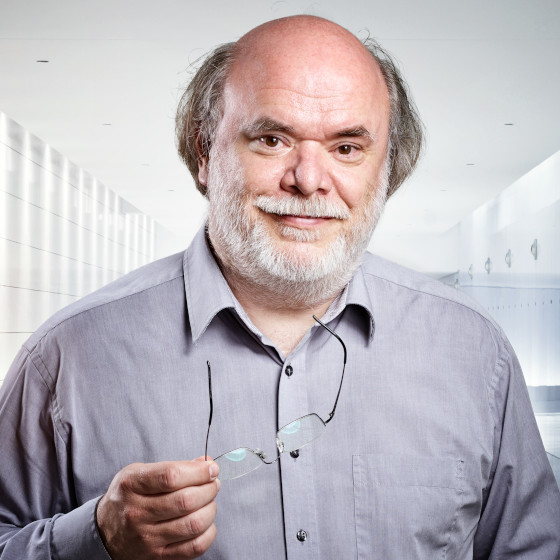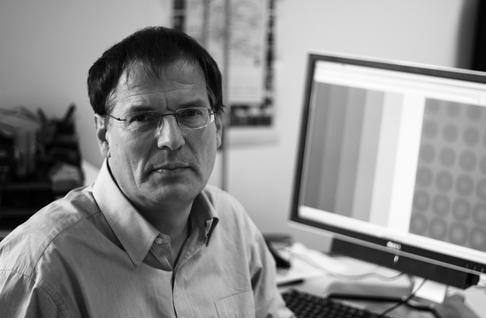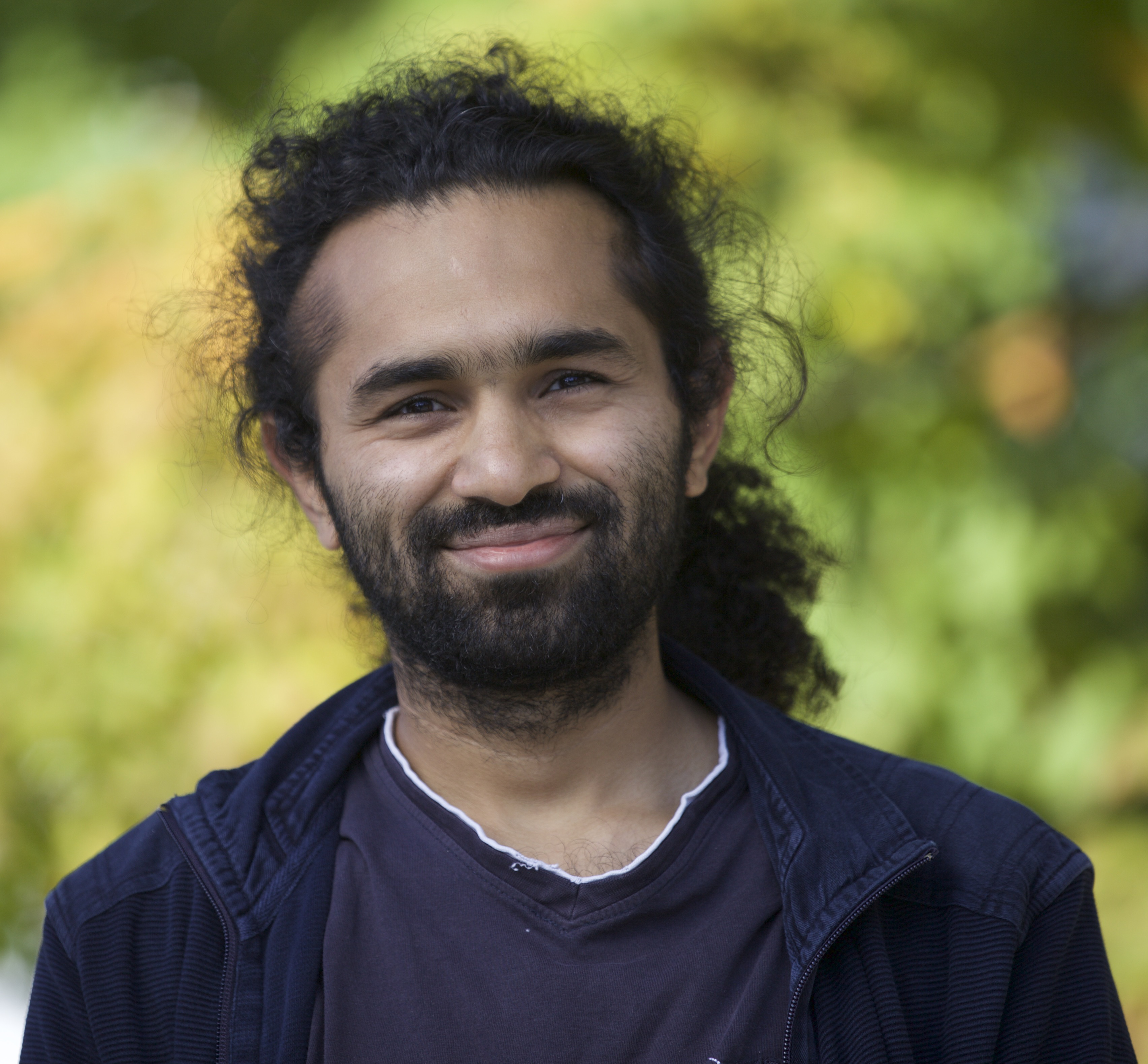Overview
This advanced lecture discusses the mathematical concepts and algorithms that are used to simulate the propagation of light in a virtual scene. The topics include Monte Carlo sampling, various Global Illumination algorithms (from the basic Path Tracing algorithm to more advanced algorithms like Vertex Connection and Merging), and HDR imaging. In the practical exercises, the students implement some of the algorithms discussed in the lecture in a lightweight rendering framework.
Instructors
Teaching Assistants
Tutors

Exam
The final written exam takes place on 22.07.2022 from 10:00 to 12:00
Pre-requisites
- Programming experience with C++
- Basic vector math (dot product, cross product, …)
The advanced concepts taught in this course build on the basic techniques that are part of our Computer Graphics core lecture. But the RIS course is self-contained and can be followed without that background.
Lectures and assignments
| Date | Lecture - Instructor | Resources | ||
|---|---|---|---|---|
| 14.04.2022 |
Introduction and Rendering equation Gurprit Singh |
|||
| 18.04.2022 |
Holiday |
|||
| 21.04.2022 |
Radiosity Philipp Slusallek |
|||
| 25.04.2022 |
Monte Carlo path tracing Gurprit Singh |
|||
| 28.04.2022 |
canceled Gurprit Singh |
|||
| 02.05.2022 |
Advanced sampling and Spatio-temporal sampling Gurprit Singh |
|||
| 05.05.2022 |
Volume rendering Gurprit Singh |
|||
| 09.05.2022 |
Bidirectional path tracing Philipp Slusallek |
|||
| 12.05.2022 |
Virtual point lights Philipp Slusallek |
|||
| 16.05.2022 |
Markov chain Monte carlo Philipp Slusallek |
|||
| 19.05.2022 |
Path guiding Philipp Slusallek |
|||
| 23.05.2022 |
Density estimation Karol Myszkowski |
|||
| 26.05.2022 |
Holiday |
|||
| 30.05.2022 |
Vertex connection and merging Karol Myszkowski |
|||
| 02.06.2022 |
Radar / Spectral Alexander Rath & Ömercan Yazici |
|||
| 06.06.2022 |
Holiday |
|||
| 09.06.2022 |
AnyDSL Philipp Slusallek |
|||
| 13.06.2022 |
HDR and tone mapping Karol Myszkowski |
|||
| 16.06.2022 |
Holiday |
|||
| 20.06.2022 |
Perception Karol Myszkowski |
|||
| 23.06.2022 |
Modern display technology Karol Myszkowski |
|||
| 27.06.2022 |
Machine Learning for Rendering I Gurprit Singh |
|||
| 30.06.2022 |
Machine Learning for Rendering II Gurprit Singh |
|||
| 04.07.2022 |
No lecture (EGSR) |
|||
| 07.07.2022 |
No lecture (EGSR) |
|||
| 11.07.2022 |
Machine Learning for Rendering III Gurprit Singh |
|||
| 14.07.2022 |
Machine Learning for Rendering IV Gurprit Singh |
|||
| 18.07.2022 |
Wrap-up Philipp Slusallek |
General Regulations
- Type: Special Lecture, Practical computer science
- ECTS: 9 credit points
- Practical assignments
- Longer term projects
- Not a rendering competition as in CG1
- Assignments can be submitted by groups of up to 2 students.
Literature
The lecture is not bound to a specific book. The following list contains the most important books about image synthesis:
- Pharr, Jakob, Humphreys, Physically Based Rendering : From Theory to Implementation, Morgan Kaufmann
- Shirley et al., Realistic Ray Tracing, 2. Ed., AK. Peters, 2003
- Jensen, Realistic Image Synthesis Using Photon Mapping, AK. Peters, 2001
- Dutre, at al., Advanced Global Illumition, AK. Peters, 2003
- Glassner, Principles of Digital Image Synthesis, 2 volumes, Morgan Kaufman, 1995
- Cohen, Wallace, Radiosity and Realistic Image Synthesis, Academic Press, 1993
- Apodaca, Gritz, Advanced Renderman: Creating CGI for the Motion Pictures, Morgan Kaufmann, 1999
- Ebert, Musgrave, et al., Texturing and Modeling, 3. Ed., Morgan Kaufmann, 2003
- Reinhard, Ward, Pattanaik, Debevec, Heidrich, Myszkowski, High Dynamic Range Imaging, Morgan Kaufmann Publishers, 2nd edition, 2010.
- Myszkowski, Mantiuk, Krawczyk. High Dynamic Range Video. Synthesis Digital Library of Engineering and Computer Science. Morgan & Claypool Publishers, San Rafael, USA, 2008.
Here is a list of other reference materials you can use, grouped by topic:
- Monte Carlo Integration: Eric Veach’s thesis, chapter 02
- Path Sampling Techniques: Iliyan Georgiev’s thesis
- Foundations of Realistic Rendering: Mathias M. Lang’s thesis
- Direct Lighting: Shirley, Wang, Zimmerman, “Monte Carlo Techniques for Direct Lighting Calculations”
- Multiple Importance Sampling:
- Bidirectional Path Tracing: Eric Veach’s thesis, chapters 10, 11
- Instant Radiosity:
- Light Cuts: Cornell University, “Lightcuts: A Scalable Approach to Illumination”
- High Dynamic Range Imaging: http://www.cl.cam.ac.uk/~rkm38/hdri_book.html






